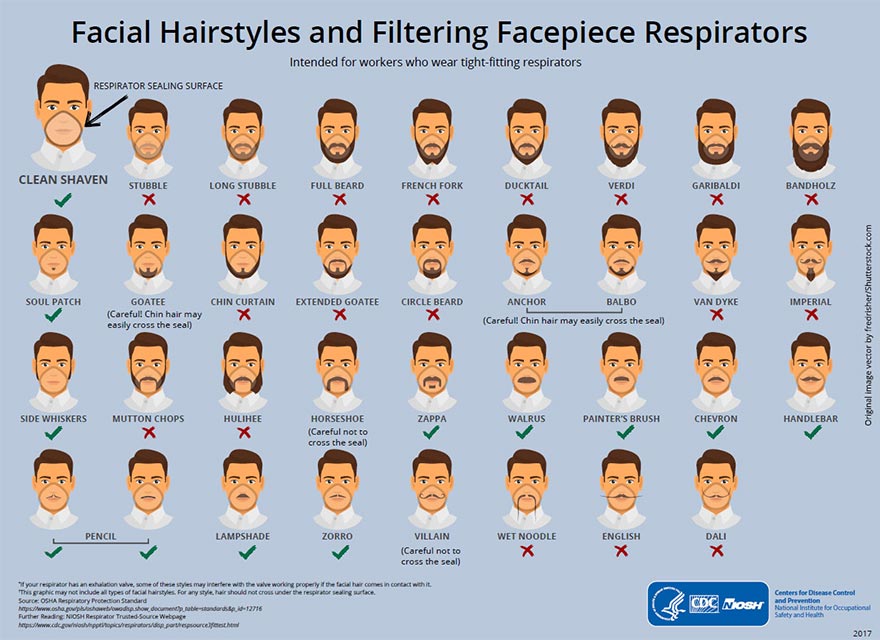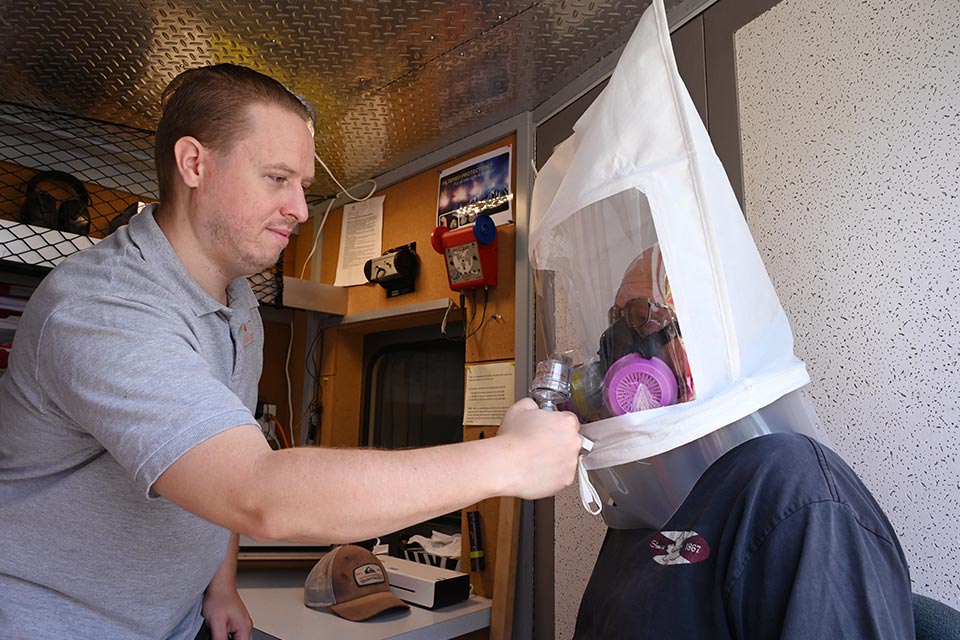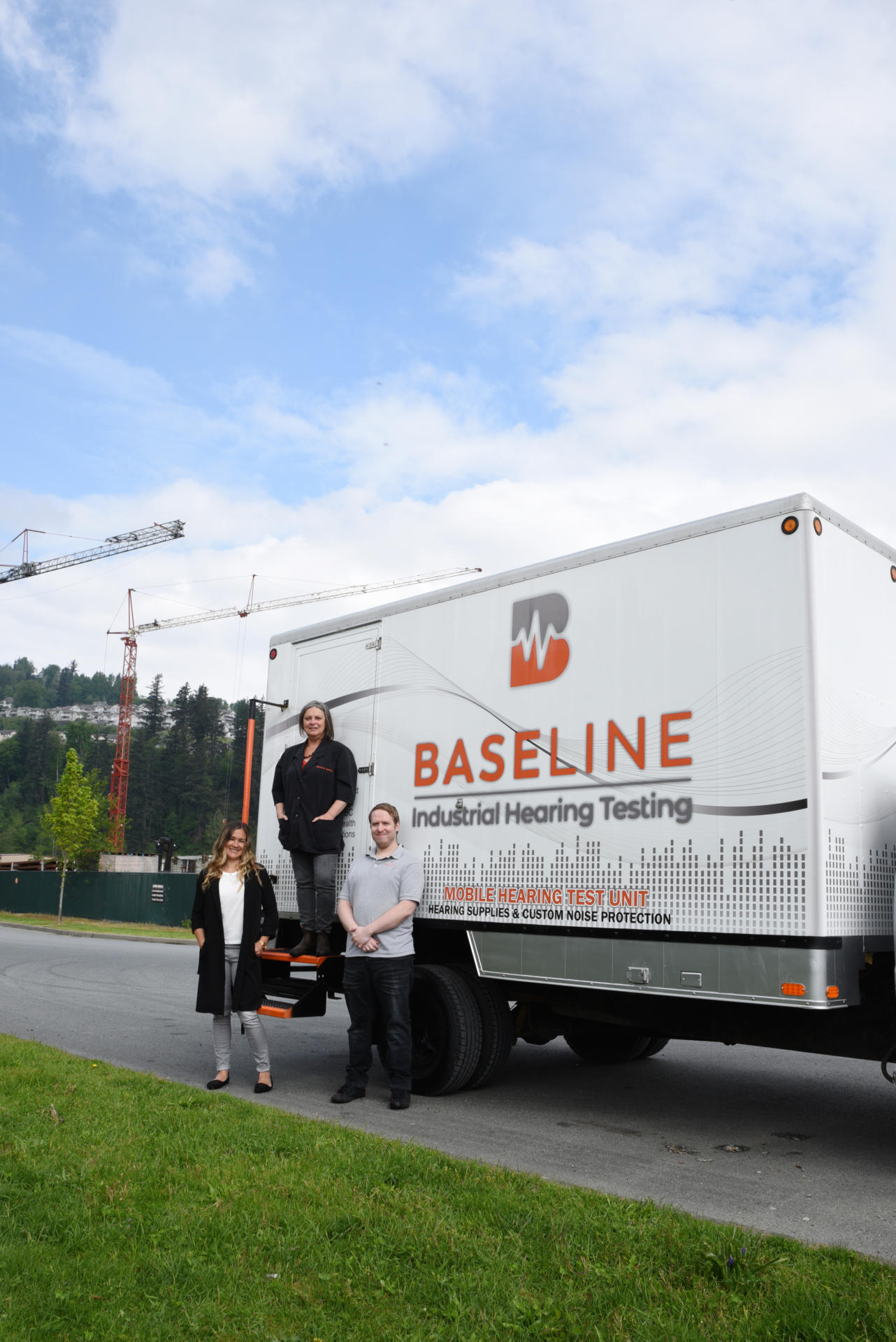
With 20+ years in the hearing health industry BaseLine Industrial Hearing has experienced licensed industrial audiometric technicians, to assist your worksite with your hearing conservation program needs.
WorkSafe BC Regulation 7.8
states that all noise exposed workers in BC must have a hearing test by an authorized provider within 6 months of employment and every year after the initial test.
BaseLine is authorized to conduct industrial hearing tests under the British Columbia Occupational Health and Safety Regulation. Our mobile unit is equipped with 2 soundbooths and state of the art equipment available to come to your worksite and conduct tests efficiently to minimize impact on your production needs.
Testing cards are given to each employee and they are counselled on the results and hearing protection requirements. Results will be added to the WorkSafeBC Hearing Test Submission system.
Hearing tests measure an individual’s ability to hear sounds at different pitches and intensities. Hearing loss is common on worksites where impact noise and excessive noise exposure exists. Unfortunately, hearing loss due to excessive noise exposure can be hard to detect as the loss is gradual and is usually not recognized by the worker until their ability to communicate with others is affected. Detection of hearing loss can be accomplished through baseline and periodic audiometric testing.
If your workers are exposed to noise greater than 85 dBA Lex (a full shift averaged exposure), you must provide them with all elements of the hearing loss prevention program, including annual hearing testing.
Annual hearing tests provide important information about the effectiveness of an employer’s hearing conservation program. If workers show early signs of noise induced hearing loss, employers can make changes to their noise control and hearing conservation program to prevent further hearing loss.
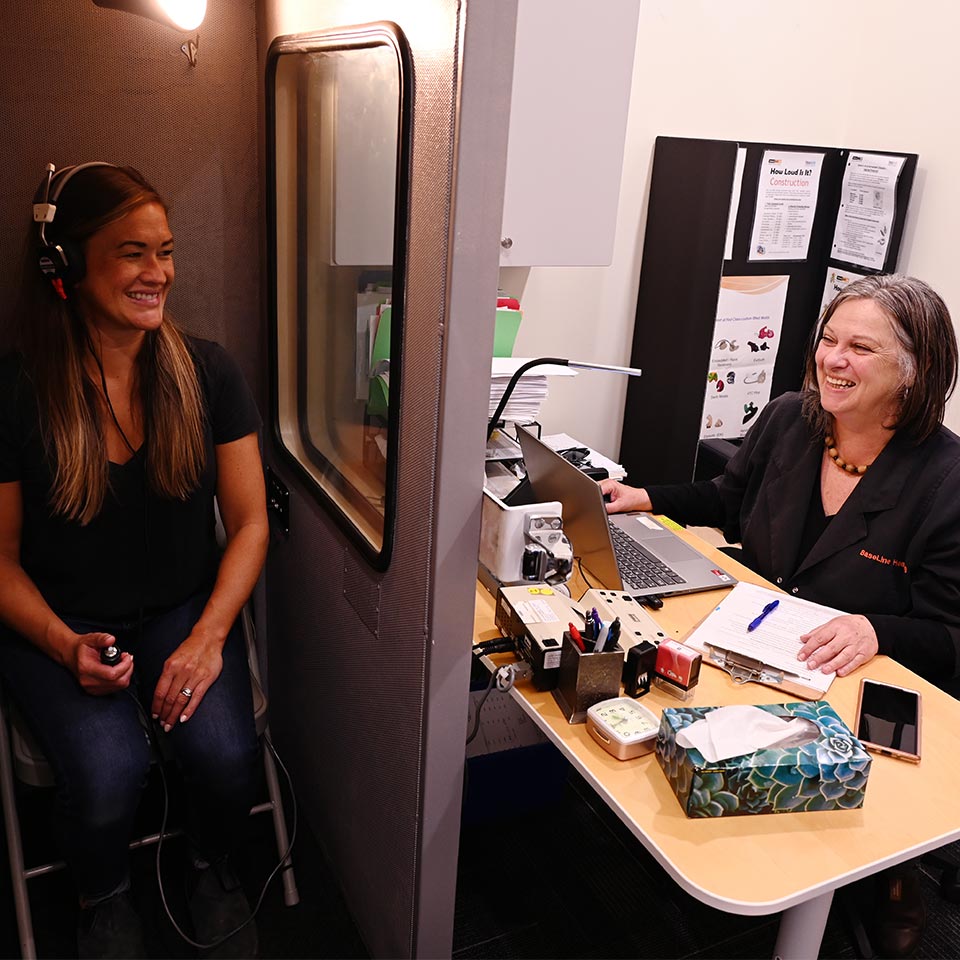
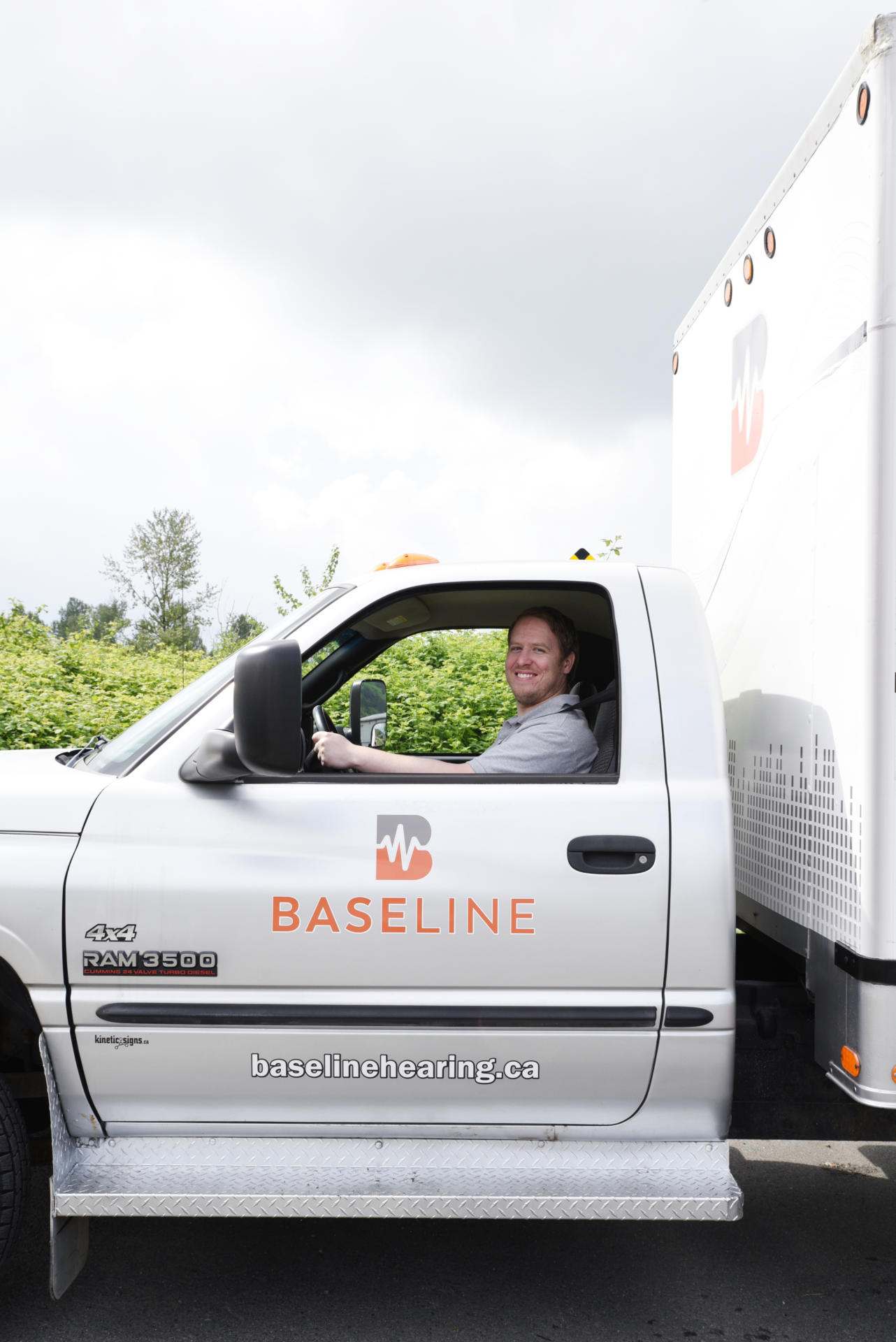
Health & Safety Regulation 7.7 specifies hearing protection devices must be provided in accordance with the CSA Standard.
In order to be able to compare volume in different situations, noise levels are expressed in decibels (dB). Note that an increase of 3 dB is perceived as a doubling of the volume level. The sound level in a room can be roughly estimated by how well we can understand people speaking.
It is not only our hearing that suffers from noise. Even low noise levels can trigger the release of stress hormones, leading to increased blood pressure. This in turn can lead to aggressive behavior and tensions in interactions with other people, as well as an increased risk of stroke, heart attack and tinnitus. Unwanted sources of noise also prevent relaxation, recovery and sleep and impair concentration and performance.
In conditions where noise is persistent or excessive, such as in construction and industrial environments, those who fail to properly protect their ears run a much higher risk of irreversible hearing loss.
Our trained technicians can assist your workers to find the best solution for their hearing protection needs.
The following links are specific to different industries and will give you a better idea of noise exposure in your industry.
HOW LOUD IS IT?
RESOURCES:
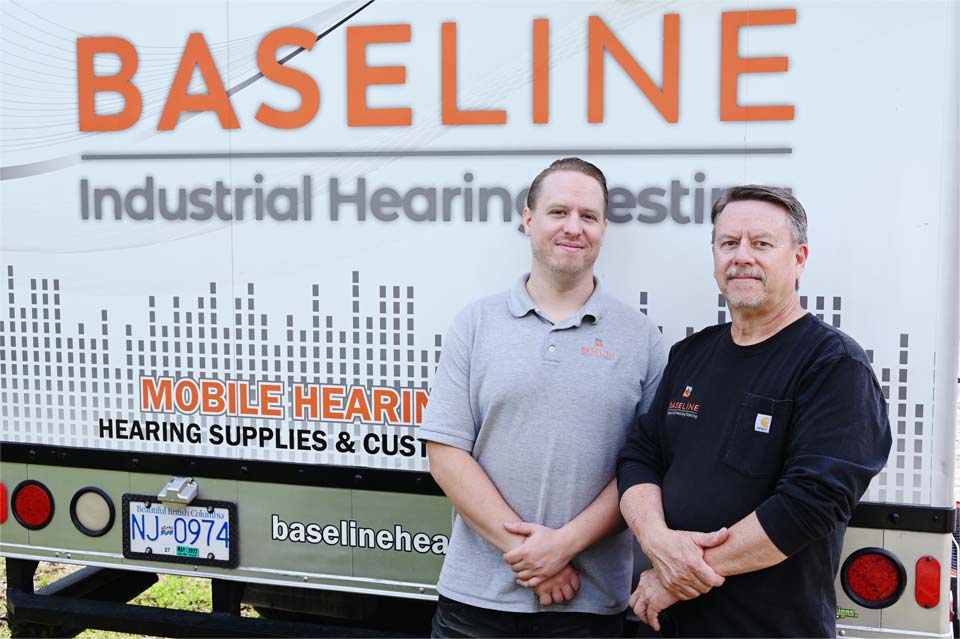
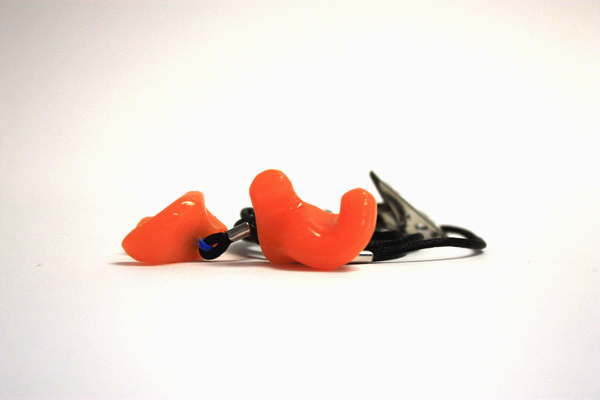

BaseLine Industrial Hearing Testing can perform an occupational noise survey for your workplace. A full summary is completed with our calibrated, integrated sound level meter and dosimeter.
Employers in BC are responsible for knowing which workers are overexposed to noise. The Occupational Health and Safety Regulation sets exposure limits for noise at 85 dBA (Lex) and a peak noise level of 140 dBC. When workers are or may be exposed to noise above 82 dBA Lex employers must measure the noise exposure unless an exemption applies (see page 7 of WorkSafe BC Publication “Sound Advice”). How loud is 82 dBA? If you have to raise your voice in your workplace to carry on a conversation, then the noise level is likely over 82 dBA. Workplace noise measurements:
When noise exceeds regulated limits, employers must have an effective noise control and hearing loss prevention program. The regulated limit set by the WorkSafeBC for noise exposure in B.C. is 85 decibels (dBA) for an eight-hour period, or an equivalent noise exposure of one Pascal-squared hour (Pa2h). For impact noises (for example, pile driving or hammering), a 140-dBC peak sound level cannot be exceeded. The goal of a hearing loss prevention program is to reduce the noise exposure of workers to a safe level and prevent occupational hearing loss. By having a noise measurement taken at your place of business and work, you can make sure that the noise is within healthy limits for you and your employees. Hearing loss prevention programs must address:
• Noise measurement
• Education and training
• Engineered noise control
• Hearing protection
• Posting of noise hazard areas
• Hearing tests
• Annual program review
Important Information on Facial Hair and Respirators
Useful links:
